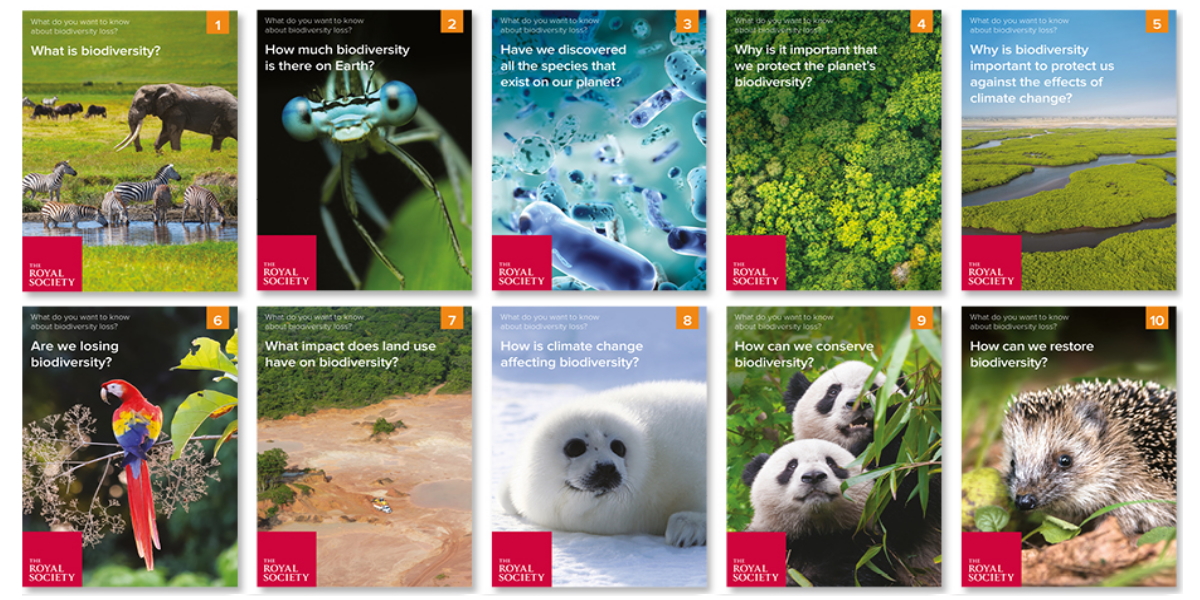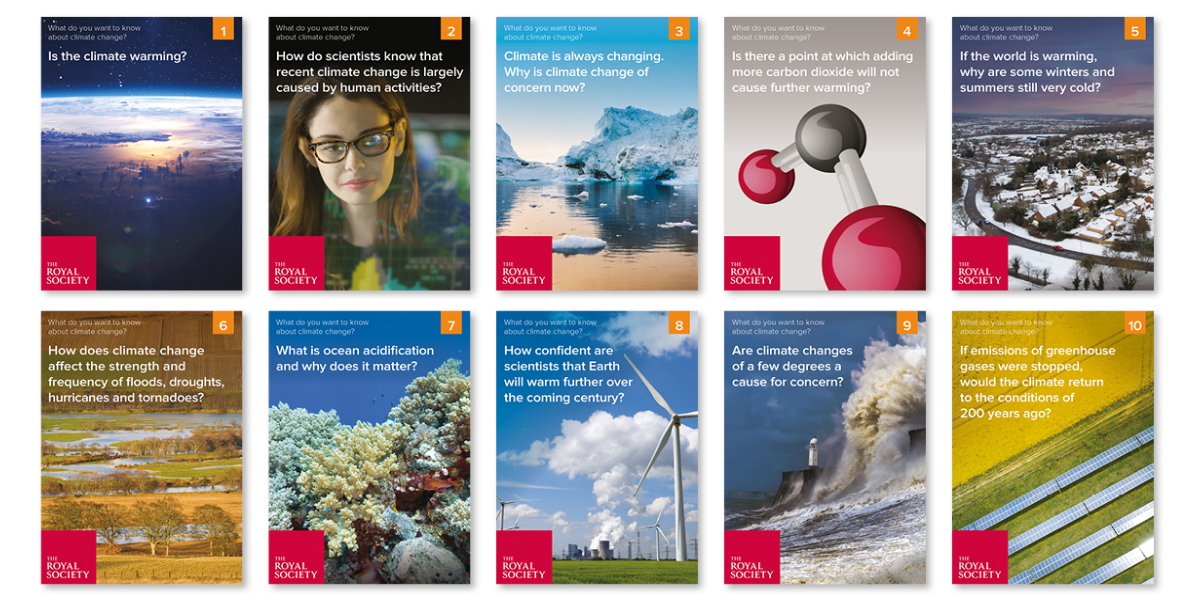Filters
Clear allSubject
- Careers (12) Apply Careers filter
- Climate Change (3) Apply Climate Change filter
- Computing (15) Apply Computing filter
- Creative arts and media (1) Apply Creative arts and media filter
- (-) Remove Cross curricular filter Cross curricular
- Design and technology (44) Apply Design and technology filter
- Engineering (24) Apply Engineering filter
- Food Preparation and Nutrition (5) Apply Food Preparation and Nutrition filter
- Leadership (21) Apply Leadership filter
- Mathematics (26) Apply Mathematics filter
- Personal development (20) Apply Personal development filter
- Psychology (20) Apply Psychology filter
- Science (93) Apply Science filter
- Space (2) Apply Space filter
- STEM Clubs (3) Apply STEM Clubs filter
Age range
Type
- Activity sheet (22) Apply Activity sheet filter
- Article (5) Apply Article filter
- Group work (2) Apply Group work filter
- Information sheet (8) Apply Information sheet filter
- Interactive resource (2) Apply Interactive resource filter
- Open-ended task (6) Apply Open-ended task filter
- Poster (9) Apply Poster filter
- Presentation (12) Apply Presentation filter
- Research (15) Apply Research filter
- Self assessment (1) Apply Self assessment filter
- Teacher guidance (29) Apply Teacher guidance filter
- Video (6) Apply Video filter
- Include Physical Resources (1599) Apply Include Physical Resources filter
Showing 145 results
Published in 2008, this report from the TDA outlines the investigation into how professional development across Initial Teacher Training (ITT) and Early Professional Development (EPD) is manifested in secondary science teaching across England.
The...
Ofsted survey report investigating why many of the most able students from non-selective schools fail to achieve their potential.
This edition of the Computing at School newsletter contains articles covering:
*Computing in the national curriculum
*Computational thinking in the classroom
...This Double Crossed resource uses the context of the excavation of an Egyptian tomb to learn about the main organs in the human body. The students evaluate evidence from a recently discovered mummy to draw conclusions about the person’s life and the cause of death.
A cut and stick activity is used to...
This paper, from April 2016, looks at how there is a growing interest and desire amongst teachers, policy-makers and others for teaching practice to be better aligned to research findings.
NFER has developed a range of products and services designed to help schools engage with research and in enquiry. This...
Published in August 2014, this is the final report of the three-year evaluation of the Triple Science Support Programme (TSSP) and the two year evaluation of Triple Science Networks (TSN).
The full collection of STEM Learning impact and evaluation research reports can be viewed...
Helen Walker and Karen Ashforth from Birley...
This Double Crossed activity, from the Centre for Science Education and supported by the Astra Zeneca Teaching Trust, is set during World War Two. There is a mystery to solve, following an air raid, and students will need to use both science and history skills to get to the bottom of it. They are expected to...
This activity away from the computer is from the Barefoot Computing project. It is intended to provide a theoretical understanding of why and how variables are used in computer programming, using the example of score-keeping in a classroom quiz. Involving several volunteers from the group, the activity uses...
Veganuary is an annual campaign to encourage and support people to try to be vegan for January. The resources in this collection could be used to explore the links between the food choices we make, our health, and the impact on people and animals around the world, and the environment. The resources also inspire...
Aimed at students aged 5-14 years, this pack contains a range of different activities based on the theme of waste. The activities cover a mixture of topics including: the environment and pollution, recycling, separating materials, waste degradation, and digestion. Designed for use in class or within a science week...
Practical Action helps local communities in the developing world gain access to services such as water and sanitation, vital for a decent quality of life. Some examples of how they go about doing this and the technologies involved are demonstrated in these videos:
- Dying for a drink - solar powered...

These evidence-based, question and answer style classroom resources can be used to engage students of all ages...

These evidence-based, question and answer style classroom resources can be used to engage students in the climate...
